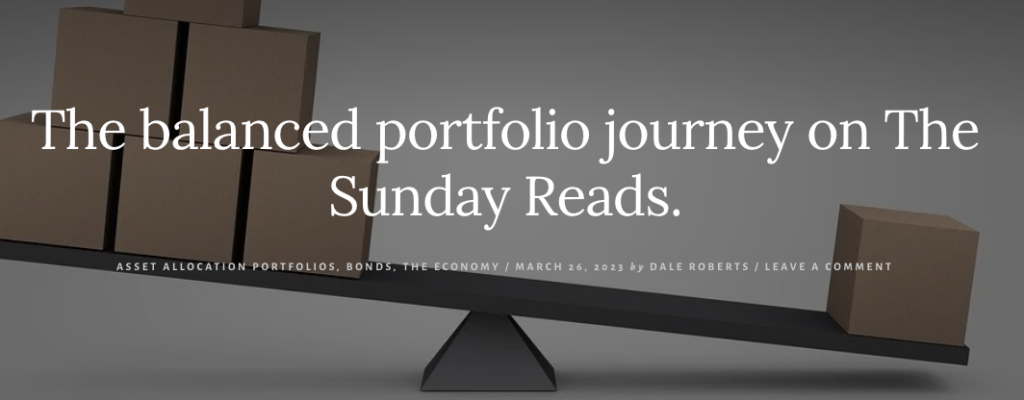
By Bob Lai, Tawcan
Special to Financial Independence Hub
I have been writing on this blog for almost nine years. Over that time, I have learned and gained a lot of personal finance and investing-related knowledge. Whenever I gain new knowledge, I try to share it on this blog with the hope that readers can gain the same understanding as well.
As much as I love sharing new knowledge with other people, there seem to be some deep-rooted misunderstandings, myths, or misconceptions on certain topics. I really don’t understand why some people have these misconceptions and I will try my best to debunk some of the common misconceptions I have encountered, just so I don’t have to keep ripping my hair out.
#1 Don’t want a raise to avoid the next tax bracket
Our tax system is extremely complicated, so I understand there are some misunderstandings here and there. The biggest misunderstanding is that all your income is taxed at your tax marginal rate.
Due to this misunderstanding, people often make such statements like…
“I don’t want a raise just to get taxed more.”
“I am not working overtime to get bumped to the next bracket and lose my income to taxes.”
And so on…
But that’s a very very wrong understanding. Your income is taxed on a tiered bracket system. Below are the 2022 federal tax brackets.
| Taxable Income – 2022 Brackets | Tax Rate |
| $0 to $43,070 | 5.06% |
| $43,070.01 to $86,141 | 7.70% |
| $86,141.01 to $98,901 | 10.50% |
| $98,901.01 to $120,094 | 12.29% |
| $120,094.01 to $162,832 | 14.70% |
| $162,832.01 to $227,091 | 16.80% |
| Over $227,091 | 20.50% |
So if you happen to make $90,000 a year, the entire amount does not get taxed at 12.29% tax rate. The first $43,070 is taxed at 5.06%, then the next $43,070.99 is taxed at 7.7%, then the rest is taxed at 10.50%.
Essentially your $90,000 annual income is taxed like below:
| Income | Tax Rate | Tax amount |
| $43,070.00 | 5.06% | $2,179.34 |
| $43,070.99 | 7.70% | $3,316.47 |
| $3,859.01 | 10.50% | $405.20 |
You’d be paying a total of $5,901.00 of federal tax on your $90,000 income, or an effective average tax rate of $6.56%. The same tiered tax bracket system is applicable to provincial taxes as well, albeit with different specific percentages for each province.
So no, the $90,000 you received isn’t all taxed at 10.50%. The amount is divided up and taxed at different tax rates.
What if you had an income of $90,000 and your employer decided to give you a $35,000 raise? Should you say no because you’ll move up two tax brackets federally from 10.5% to 14.7% and get taxed way more than your $35k raise?
It’s mind-boggling that some people actually believe this is the case and therefore would say no to any raises!!! Let’s do some quick and easy math to sort this out.
I ran the numbers using Wealthsimple’s 2022 income tax calculator and set BC as the province. Here’s the summary:
| Income | Federal Tax | Provincial Tax (BC) | CPP/EI | Net | |
| $90,000 | $12,643 | $5,079 | $4,453 | $67,825 | |
| $125,000 | $21,146 | $9,320 | $4,453 | $90,091 | |
| Delta | $35,000 | $8,503 | $4,241 | $0 | $22,266 |
So, an increase of $35k a year raised your total taxes by $12,744 a year. More importantly, you will be netting $22,266 more than you’d have at the lower income of $90,000 a year.
So ask yourself, would you rather pay almost $13k more in taxes while pocketing over $22k more each year? Or would you rather not get the extra money at all? I think 99.9% of the population – if not more – would want the former.
All things equal, you will always come out ahead with a raise regardless of what tax bracket you end up with.
Fortunately, people that have this misconception are a very small percentage of the population.
#2 “Invest” in RRSP
Every February I hear statements in the line of… “I’m investing in my RRSP.” But when I ask for more clarification, I learn that people are simply transferring money into their RRSPs and letting that money sit in cash. They’re moving money into RRSP simply for the RRSP income tax deduction.
I get the idea of getting the RRSP tax deduction to reduce your overall taxes. But don’t you want your money to compound and grow? Why do you have your money sit inside a tax-deferred account and earn a measly 1% interest rate when you can invest in things like ETFs and stocks?
Some people argue that GICs are way safer than other investment vehicles like mutual funds, ETFs, and stocks because GICs have a guaranteed earning rate and you can’t lose money. Continue Reading…





